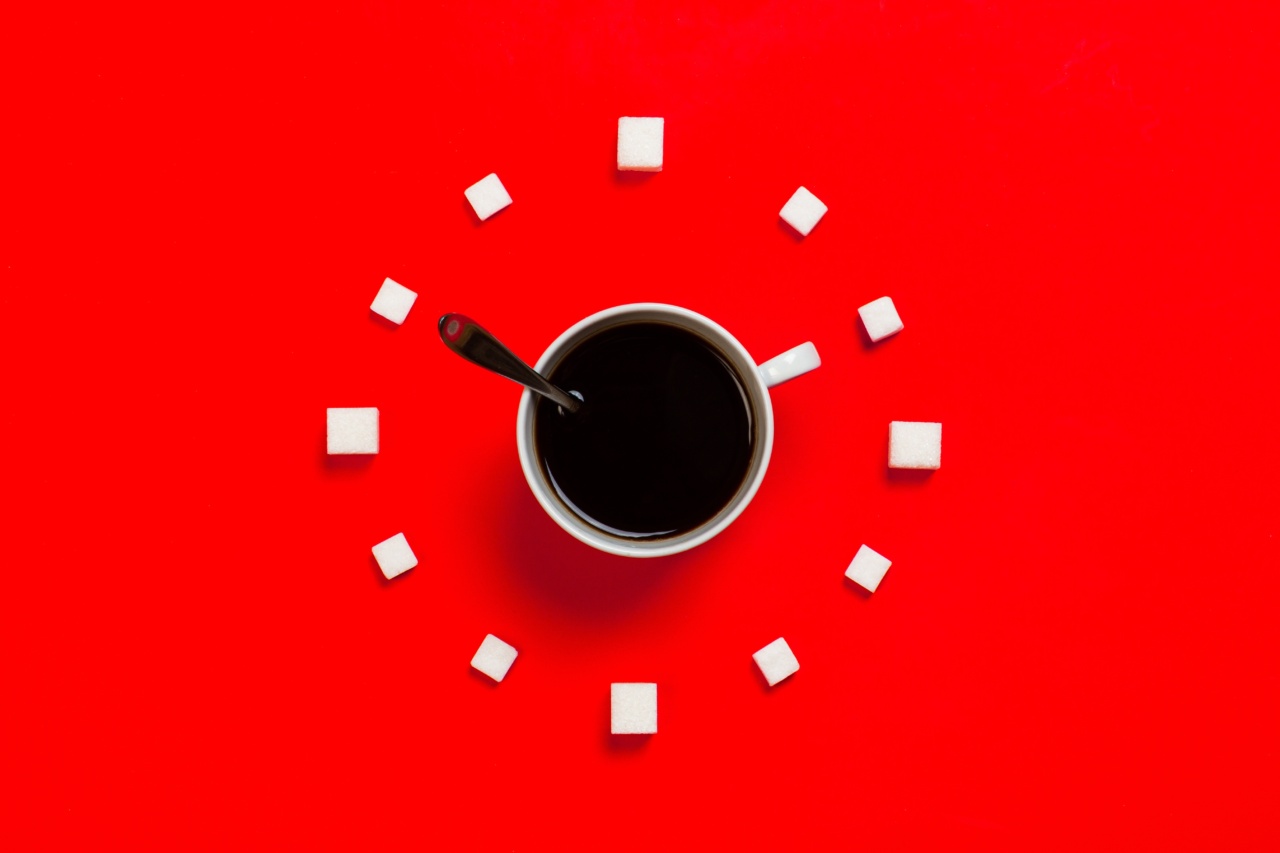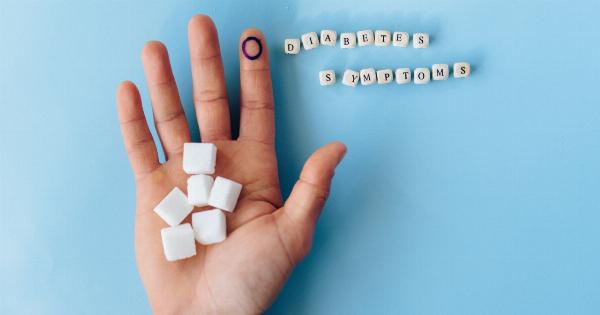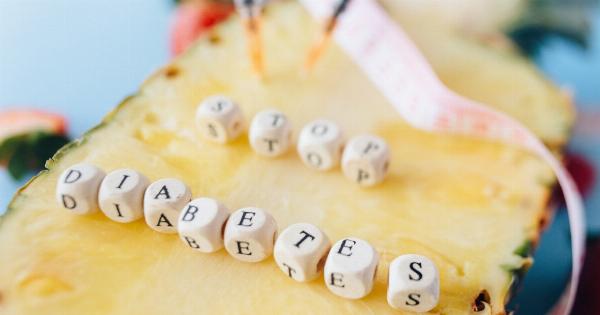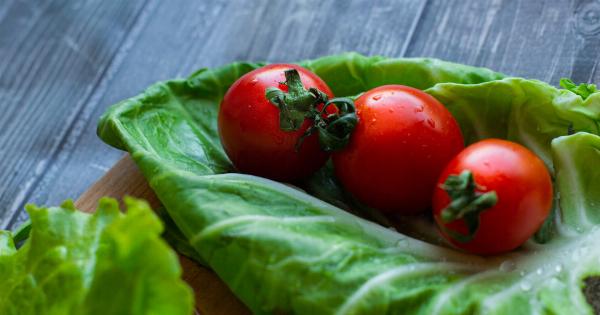Most people start their day with a cup of coffee or tea, followed by breakfast. However, many breakfast options are packed with sugar – from cereals to pastries, causing a spike in blood sugar levels.
While some sugar intake is necessary, excessive consumption can lead to weight gain, inflammation, and other health concerns. Here are some tips on how to start your day without increasing sugar intake.
1. Check Labels
To reduce sugar intake, it’s essential to check food labels before purchasing your breakfast options. Avoid packaged foods with high sugar content or with added sugar.
Also, don’t be deceived by fancy labels that claim a product is ‘healthy’ or ‘natural’ when it’s packed with sugar.
2. Choose Whole Foods
One of the best ways to start your day without increasing your sugar intake is to choose whole foods. This means meals or snacks made from natural, unprocessed ingredients.
For example, swap your cereal or cereal bars for oatmeal or fresh fruits like apples or bananas. Whole foods guarantee minimal sugar and maximum flavor, nutrition, and satiety.
3. Make Breakfast at Home
Making your breakfast at home allows you to have more control over the ingredients you use. You can swap sugar for natural sweeteners like honey or maple syrup.
Also, you’ll avoid added sugars or processed foods commonly found in restaurants or fast-food joints.
4. Watch Beverage Intake
Beverages are another significant source of sugar, especially sodas and fruit juices. Drinking such drinks increases sugar intake, causing a sudden sugar spike, followed by a crash in blood sugar levels.
Swap sugary drinks for healthier options like water or unsweetened tea.
5. Be Mindful Of Condiments
Most people are unaware that condiments like ketchup are high in sugar. So, before you add another tablespoon of ketchup to your eggs or toast, consider the amount of sugar you’re consuming.
Look out for healthy substitutes like plain greek yogurt, hot sauce, or mustard instead.
6. Plan Ahead
Planning your meals ahead of time ensures you have healthy options on hand, reducing the chances of reaching for sugary foods.
Meal prepping would allow you to create different breakfast options like overnight oats, granola, or fruit salads without added sugar – perfect for on-the-go breakfasts.
7. Focus on Protein and Fiber
Starting your day with a balanced breakfast that includes protein and fiber can help keep your energy levels steady throughout the day.
A protein source like eggs or cheese, combined with a high-fiber food like whole-grain toast or fresh fruits creates a breakfast that will keep you full, minimize cravings, and reduce the need for sugary treats.
8. Snack Smart
Snacks are an essential part of our diet, but the wrong choice of snacks can increase sugar intake – leading to a blood sugar crash.
Avoid processed snacks like chips or cookies and opt for healthy alternatives like veggies and hummus or an apple with peanut butter.
9. Be Realistic
Reducing sugar intake does not mean you can’t enjoy your favorite foods or snacks ever again. It’s about reducing your sugar intake, not eliminating it entirely.
Therefore, there’s room for occasional treats that are within your recommended daily intake of sugar.
10. Seek Professional Help
If you’re struggling with sugar addiction or looking to reduce your overall sugar intake, seeking professional help from a registered dietitian or healthcare provider can provide you with the tools and guidance to make healthier choices.






























